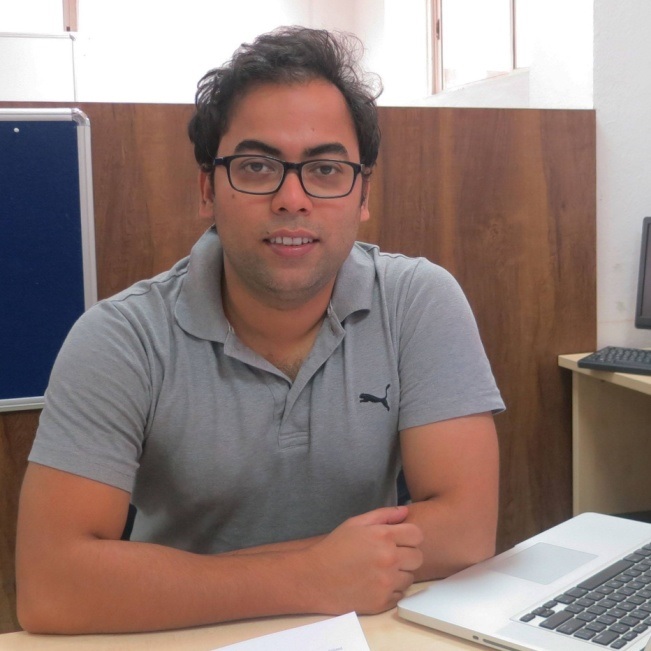
Intelligent materials created by mimicking non-equilibrium properties of living matter in chemical systems may soon help develop cutting-edge drug delivery platforms, live diagnostic tools, and sophisticated security devices.
Living organisms are sustained by continuous expense of energy that is sourced from the food we eat and the light plants' arrest. Complex chemical processes take place seamlessly in biological systems to maintain processes within the body as well as at the molecular level. Mimicking such non-equilibrium properties of living matter in chemical systems can help develop adaptive materials
Dr. Dibyendu Das from Indian Institute of Science Education and Research (IISER) Kolkata, a recipient of this year’s Swarna Jayanti Fellowship of the Department of Science & Technology (DST), Government of India will be using simple chemical precursors which in the presence of chemical energy can access functional structures. Short peptides will, or amino acid chains, be driven by chemical fuels to access such dissipative structures with diverse functions.
Dr. Das’s lab is interested in creating life-like systems possessing acute adaptability with temporal control of functions, ability to mimic cytoskeletons, temporal control of conductance. These materials will be self-healing and can in the future lead to the development of materials for real-time diagnosis as well as bring about self-destructing security devices.
For mimicking life-like properties that work under out-of-equilibrium conditions, continuous consumption and dissipation of energy are required, which can result in the realization of exotic functions ranging from cell division to muscle movement, and so forth. For inducing such control of functions, Dr. Das is designing structures where the constraints of equilibrium are violated.
In the proposed project, Dr. Das will attempt to demonstrate chemical systems featuring feedback control, cooperative accelerated catalysis, and cascade reactions to create autonomous non-equilibrium structures.
“We believe these systems will access living matter like properties and will help in the realization of lifelike objects such as acute adaptability and temporal control of functions in future,” said Dr. Das.






























